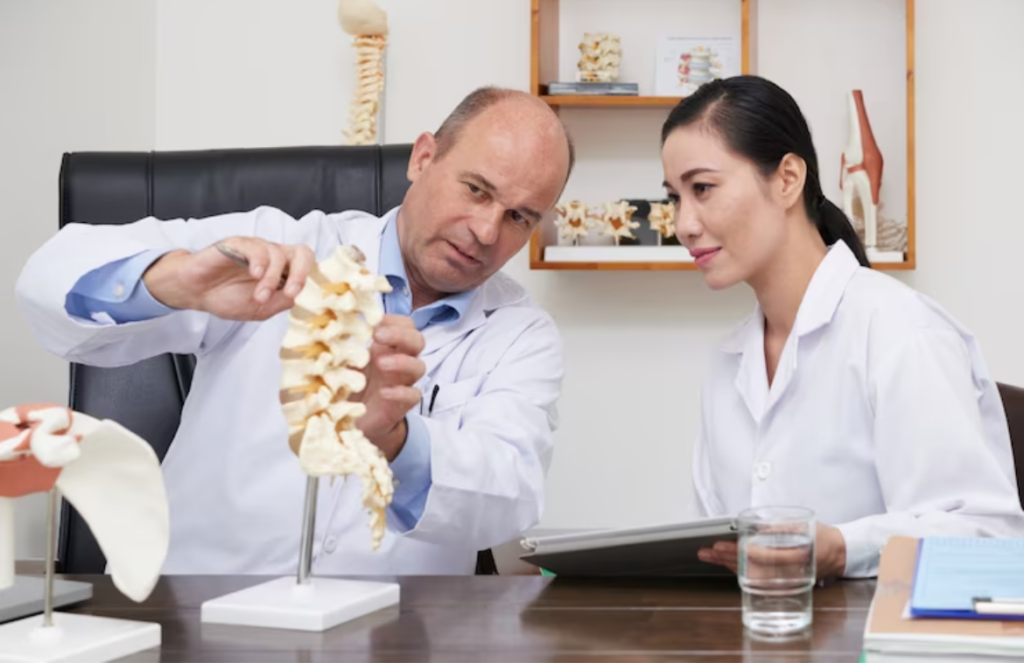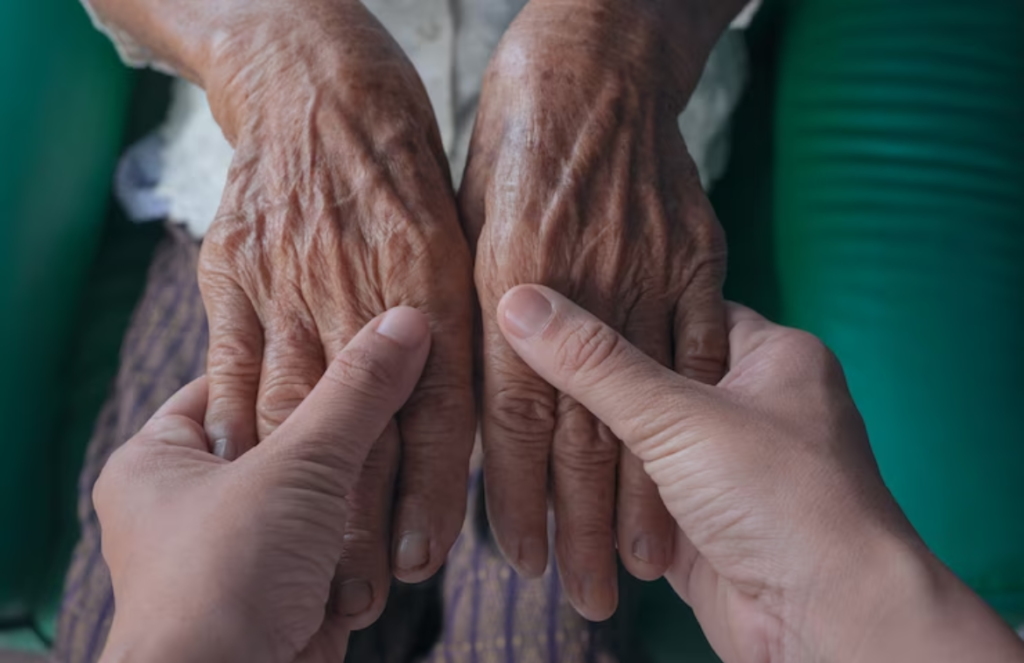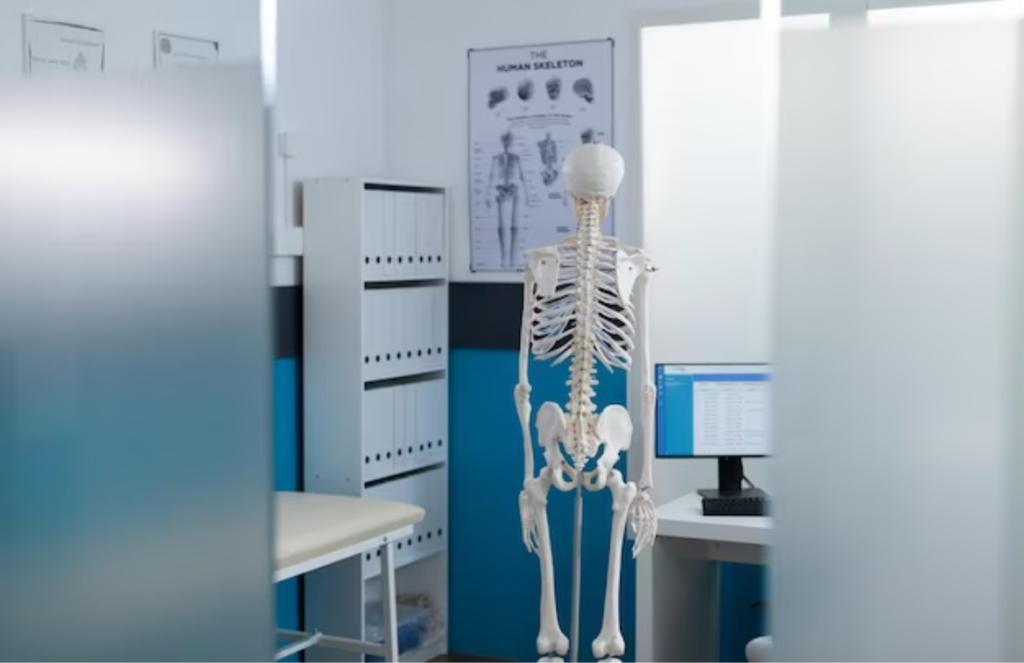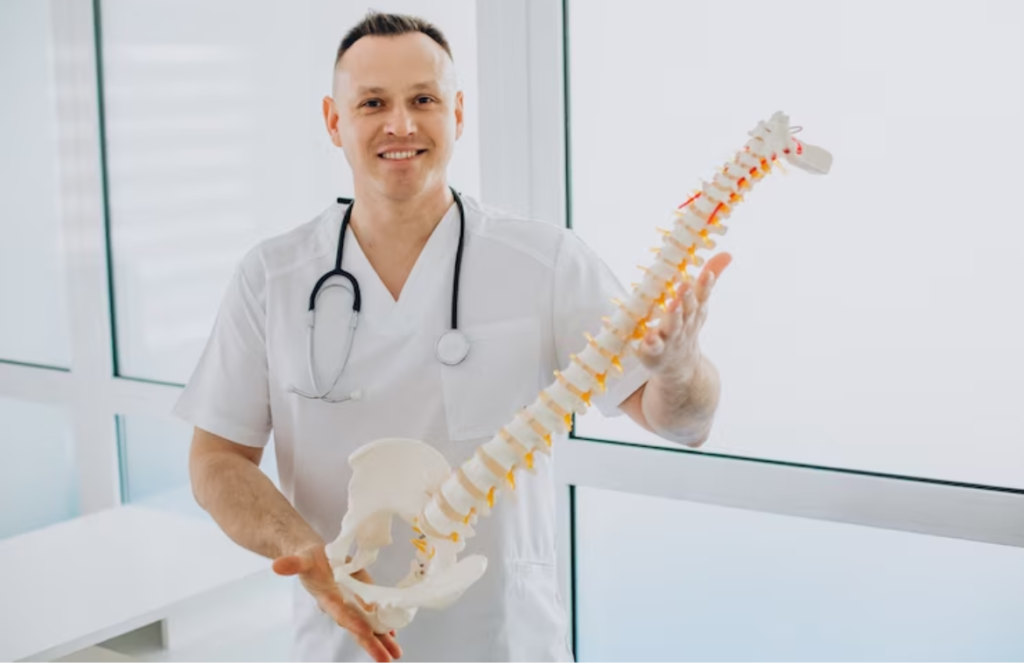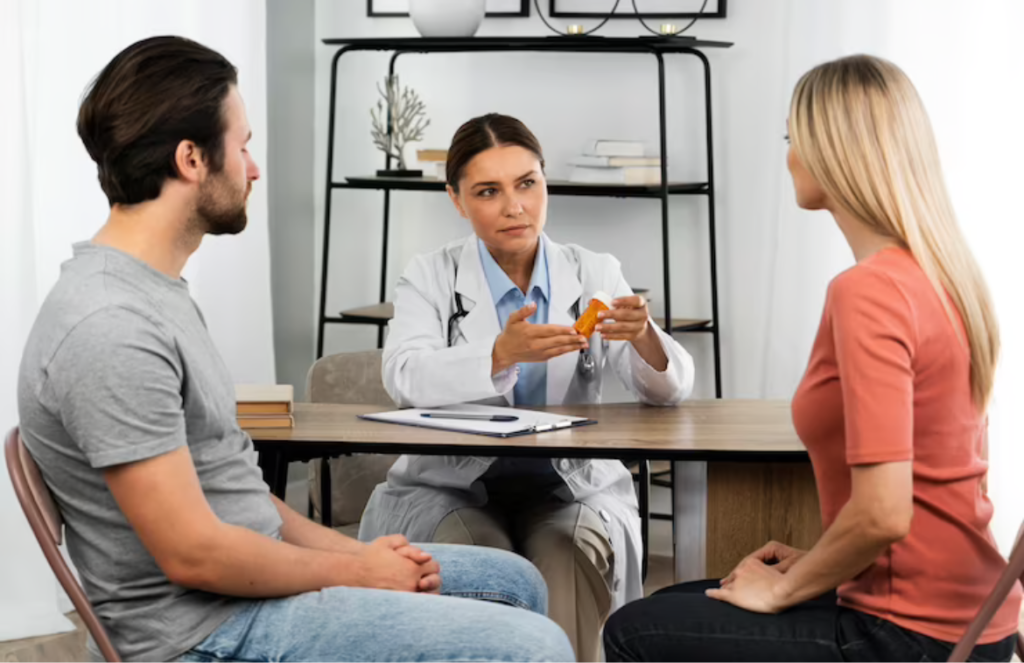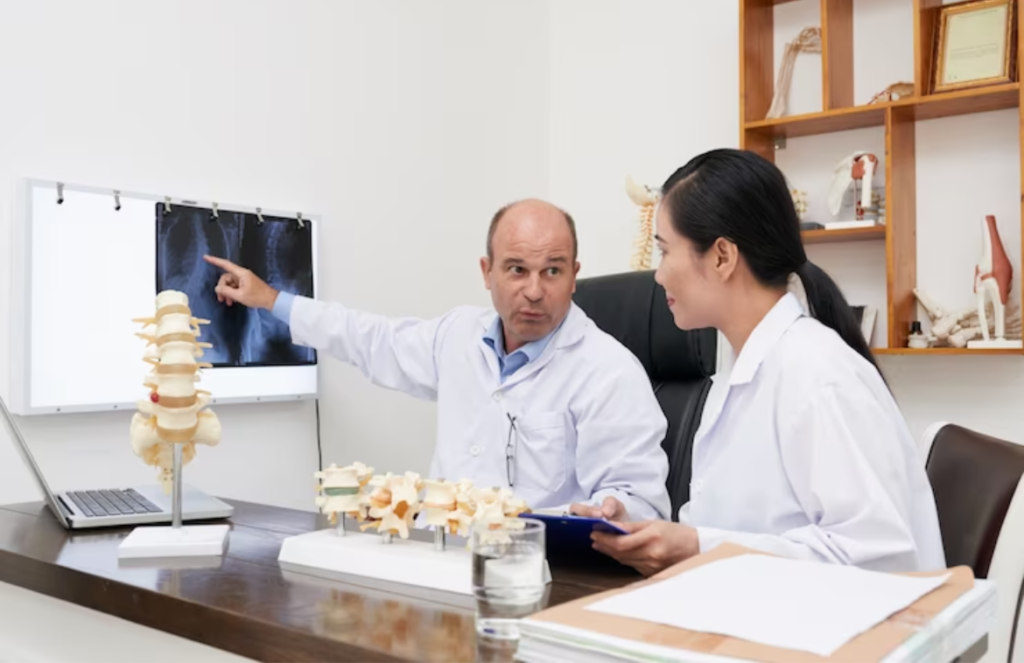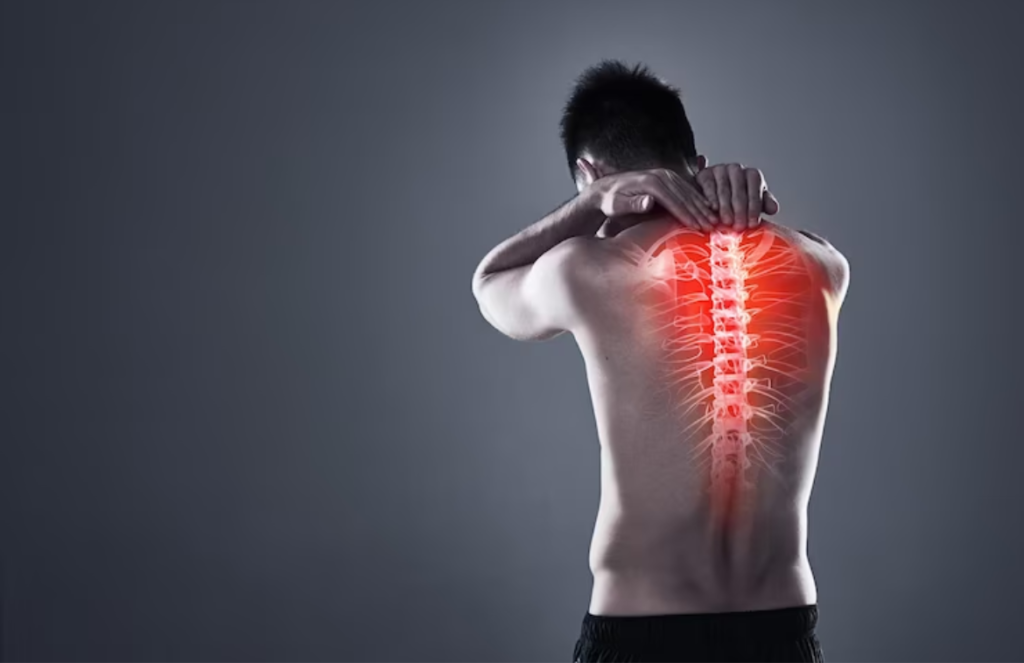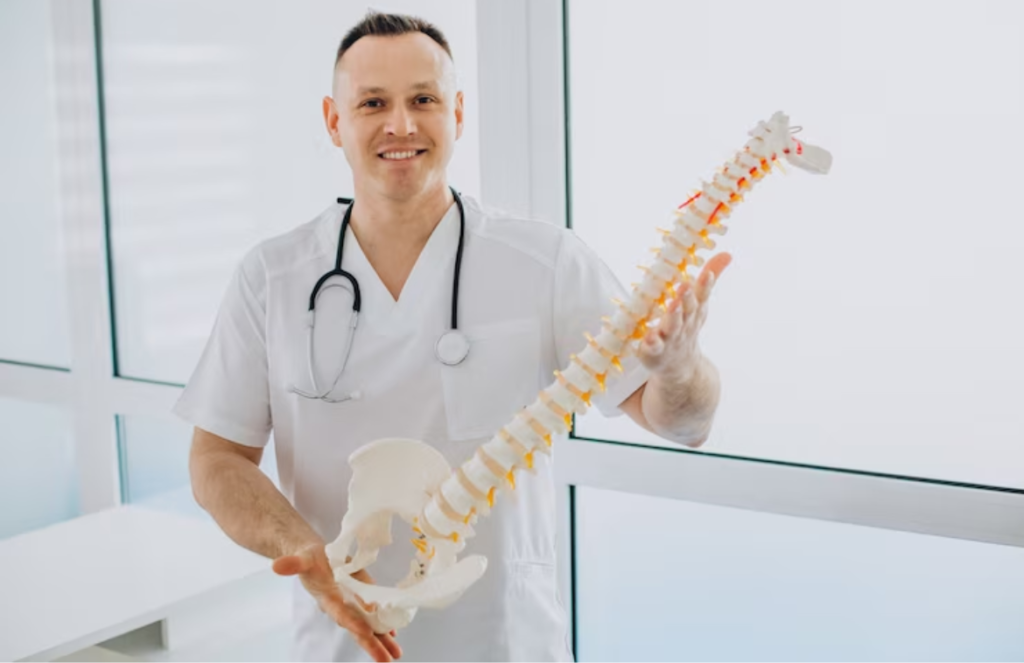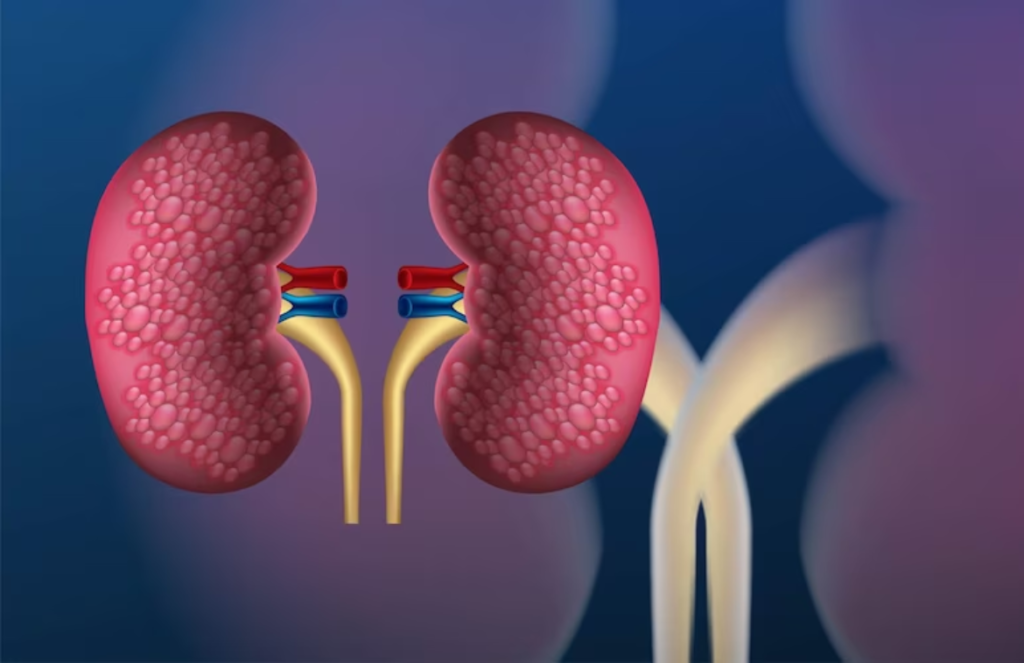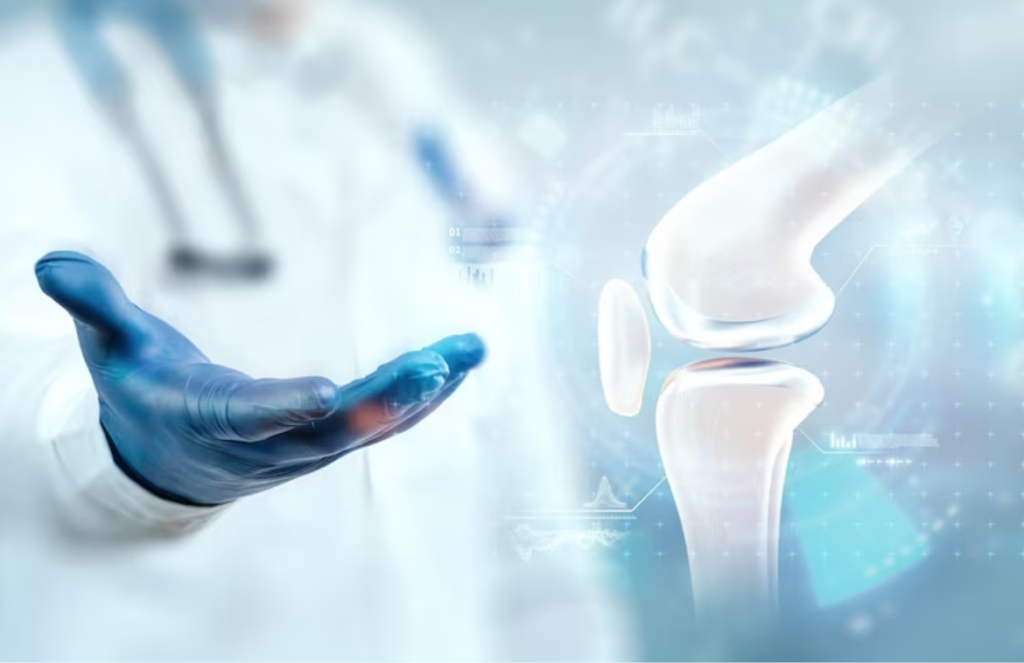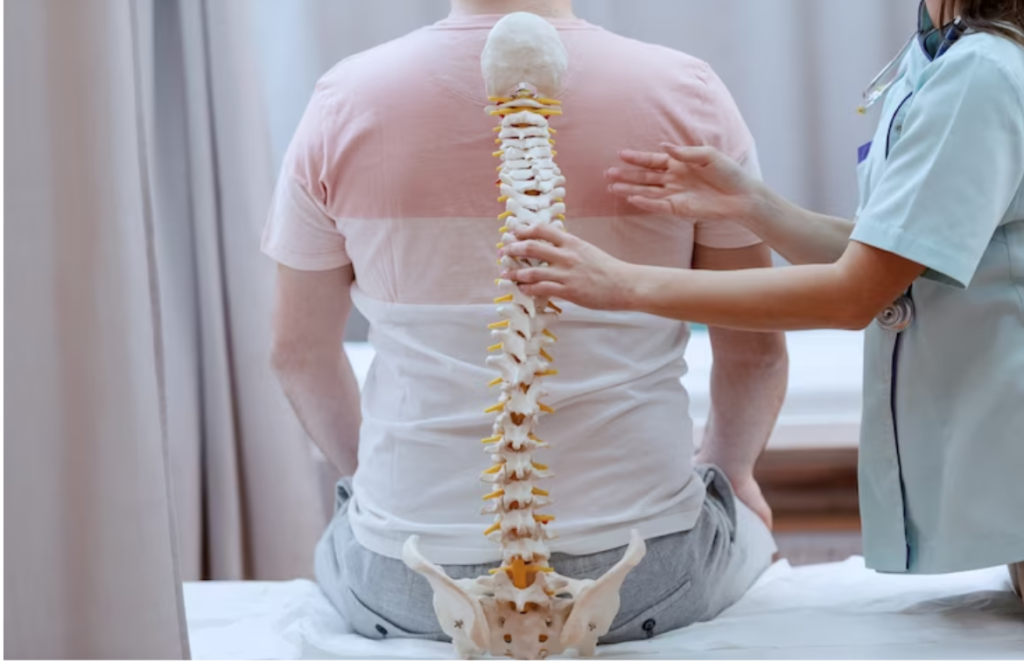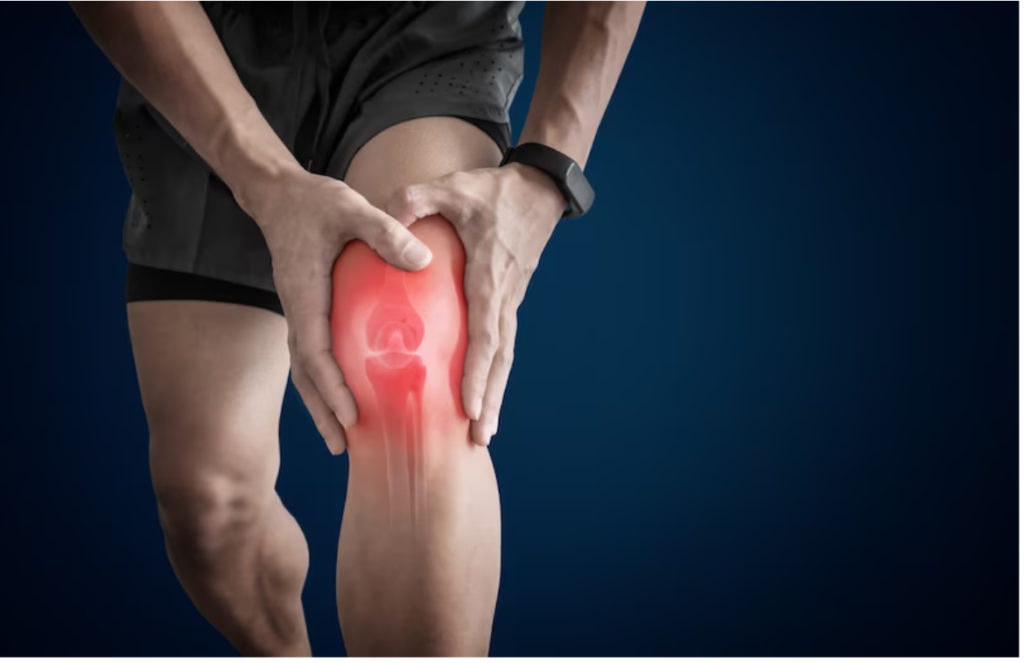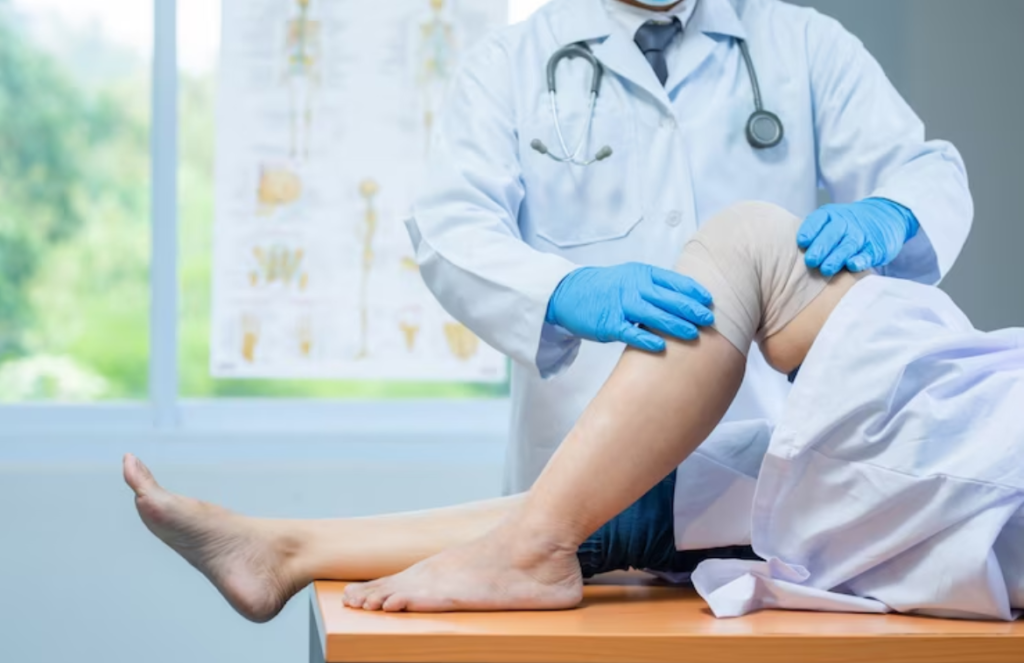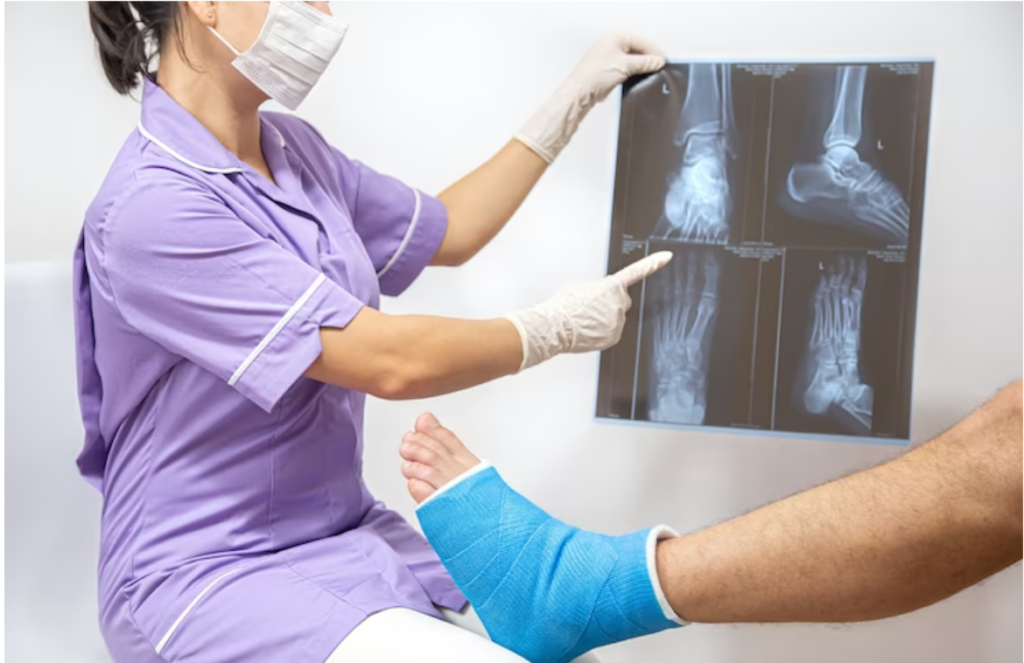Osteoporosis does occur when the creation of new bone does not keep up with the loss of old bone. Osteoporosis does affect men and women of all races. White and Asian women, especially older women who are past menopause, happen to be at greater risk.
Medicines, a healthy diet, and weight-bearing exercise can indeed help prevent bone loss or even strengthen already weak bones.
Osteoporosis happens to be a condition that causes bones to become weak as well as brittle. The term “osteoporosis” literally means “porous bones,” thus indicating that the bones lose density and strength, making them more susceptible to even fractures.
1. Causes:
- Bone Density Decrease: Osteoporosis results from a decrease in bone density. As a person ages, the bones naturally become weaker, but in a few individuals, this process occurs more rapidly.
- Hormonal Changes: Women often experience rapid bone loss after menopause due to hormonal changes.
- Lifestyle Factors: Lack of physical activity, smoking, excessive alcohol consumption, and poor nutrition can all contribute to osteoporosis.
2. Symptoms:
- In the early stages, there are typically no noticeable symptoms.
- As bone loss progresses, signs and symptoms may include:
- Back pain is caused by broken or even collapsed spinal bones.
- Gradual loss of height over time.
- Stooped posture.
- Bones that break more easily than expected.
There are, rather, no specific symptoms in the early stages of bone loss. But once the bones have been weakened by osteoporosis, there can be signs and symptoms that include, as mentioned above:
- Back pain is indeed caused by a broken or collapsed bone in one’s spine.
- Loss of height over time.
- stooped posture.
- A bone that does break much more easily than expected.
7. Treatment:
-
- Medications: Doctors can prescribe medications to slow bone loss or even promote bone growth.
- Lifestyle Changes: Regular exercise, a balanced diet rich in calcium and vitamin D, and, avoiding smoking as well as excessive alcohol intake are essential.
- Fall Prevention: Reducing the risk of falls is very important to prevent fractures.
Diet:
-
- A bone-healthy diet includes foods that are rich in calcium (like dairy products, leafy greens, and also fortified foods) and vitamin D (sunlight exposure and supplements).
- Protein, magnesium, and other nutrients do play a role in maintaining bone health.
Osteoporosis is often referred to as a “silent” disease as it does not cause pain or even obvious symptoms early on. Yet, its impact does become important as it progresses, thus leading to painful fractures. If you suspect osteoporosis, consulting a healthcare professional for evaluation and personalized guidance is necessary.
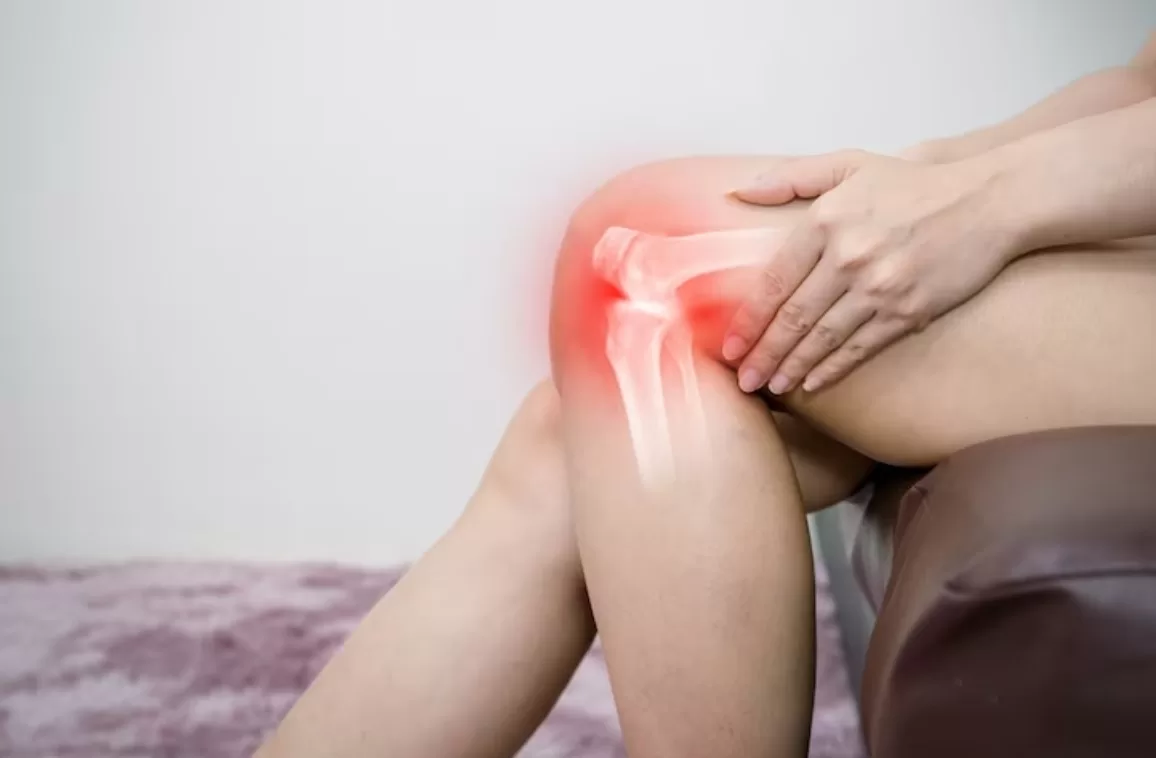
Osteoporosis in elderly men is indeed now becoming an alarming health issue on account of its association with a higher mortality rate compared to osteoporosis in women. Androgen deficiency (hypogonadism) happens to be a major factor in male osteoporosis, and it can be treated with testosterone replacement therapy (TRT). Yet, a medicinal plant, Eurycoma longifolia Jack (EL), can also be used as an alternative treatment to prevent and treat male osteoporosis without causing the side effects associated with TRT. EL exerts pro-androgenic effects that enhance testosterone levels as well as stimulate osteoblast proliferation and osteoclast apoptosis. This will indeed maintain bone re-modeling activity and reduce bone loss. Phyto-chemical components of EL can prevent osteoporosis via its anti-oxidative properties. Hence, EL has the potential to be a complementary treatment for male osteoporosis.
Conclusion
Talking to one’s health care provider about osteoporosis if the person has gone through early menopause, took corticosteroids for several months at a time, or if either of the parents had hip fractures helps.

